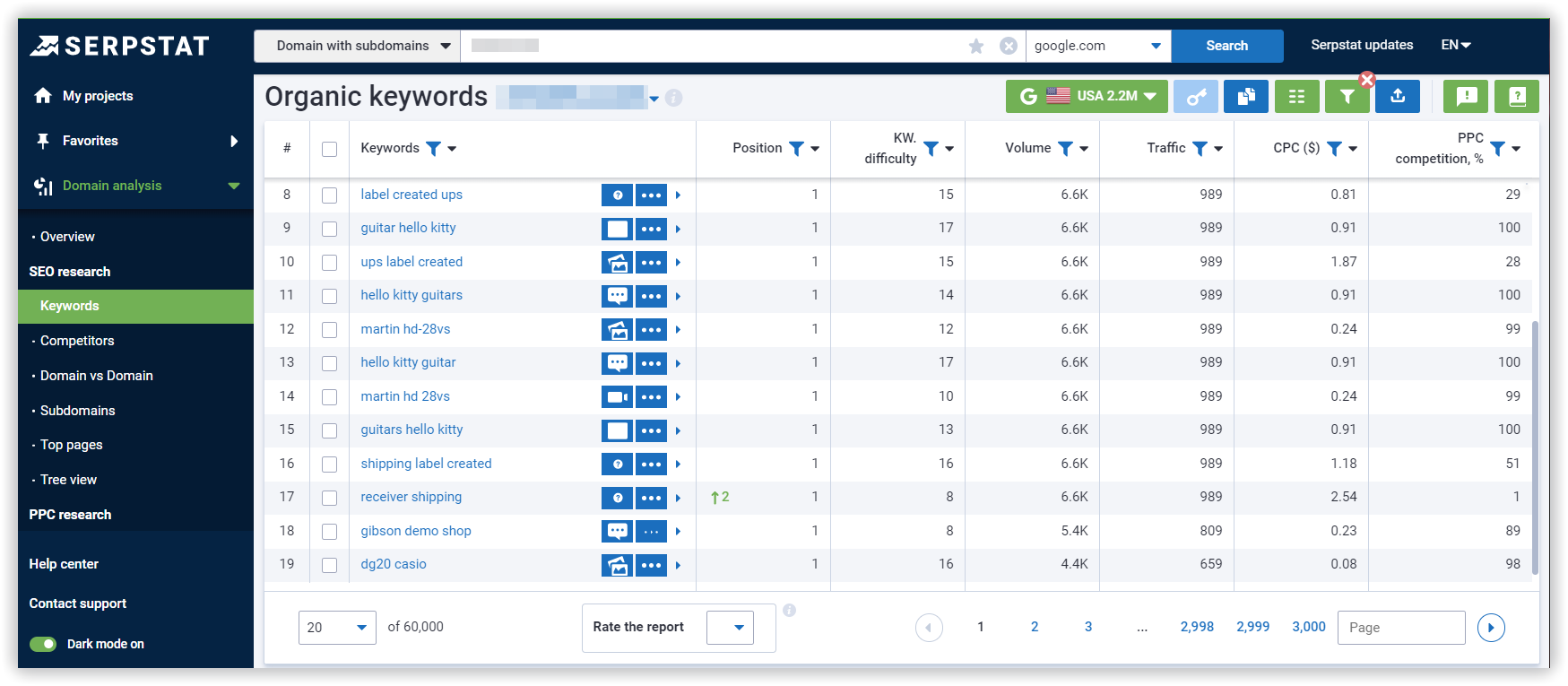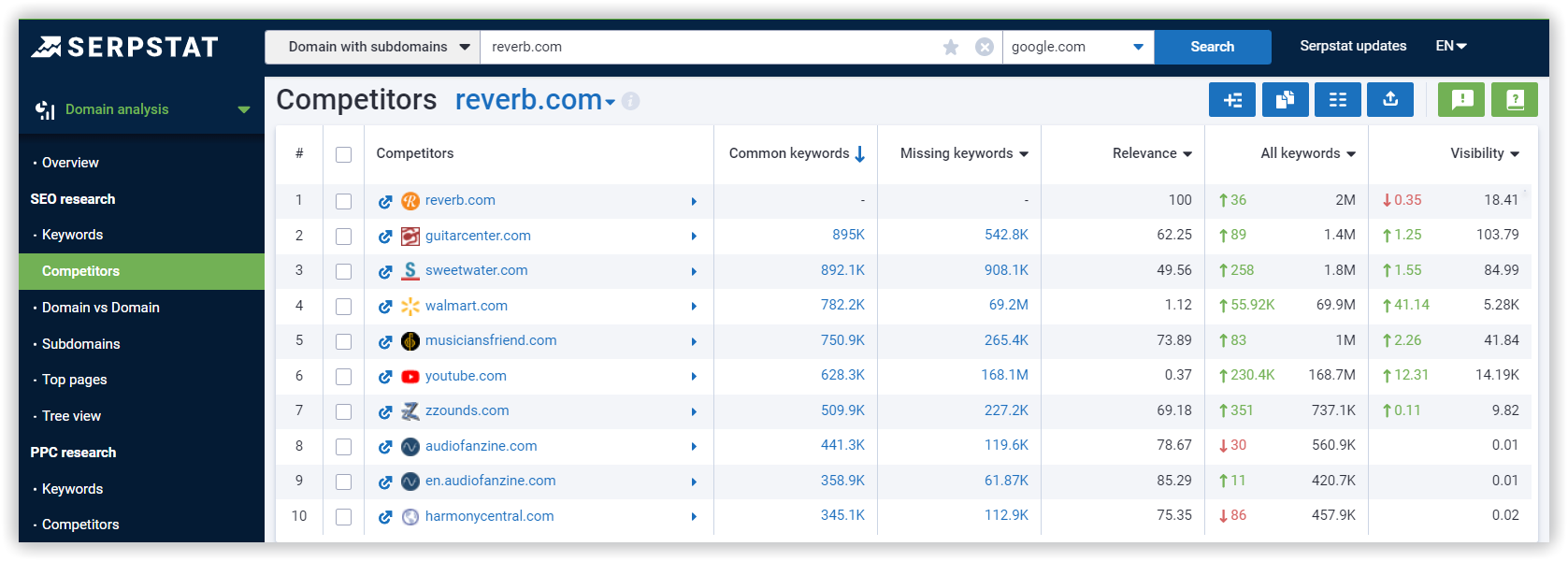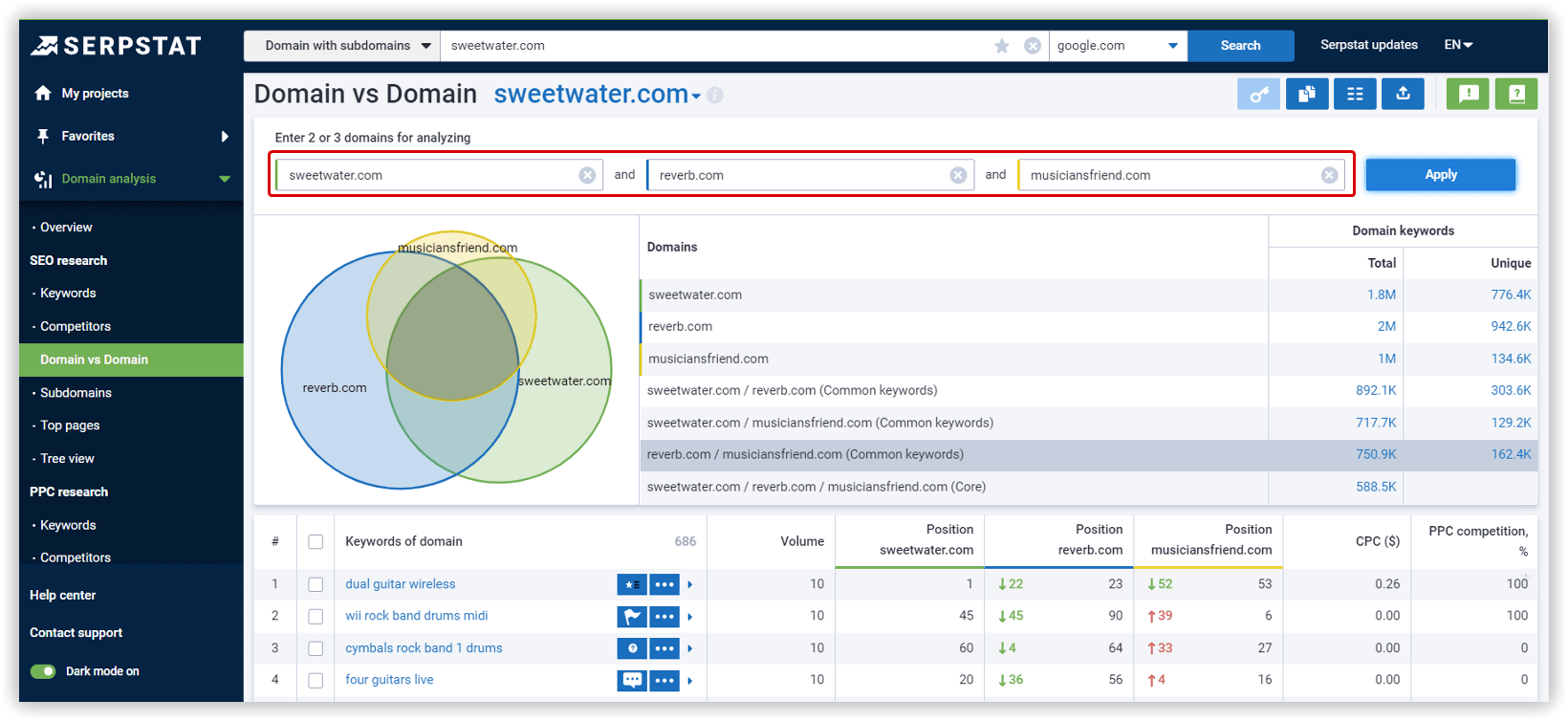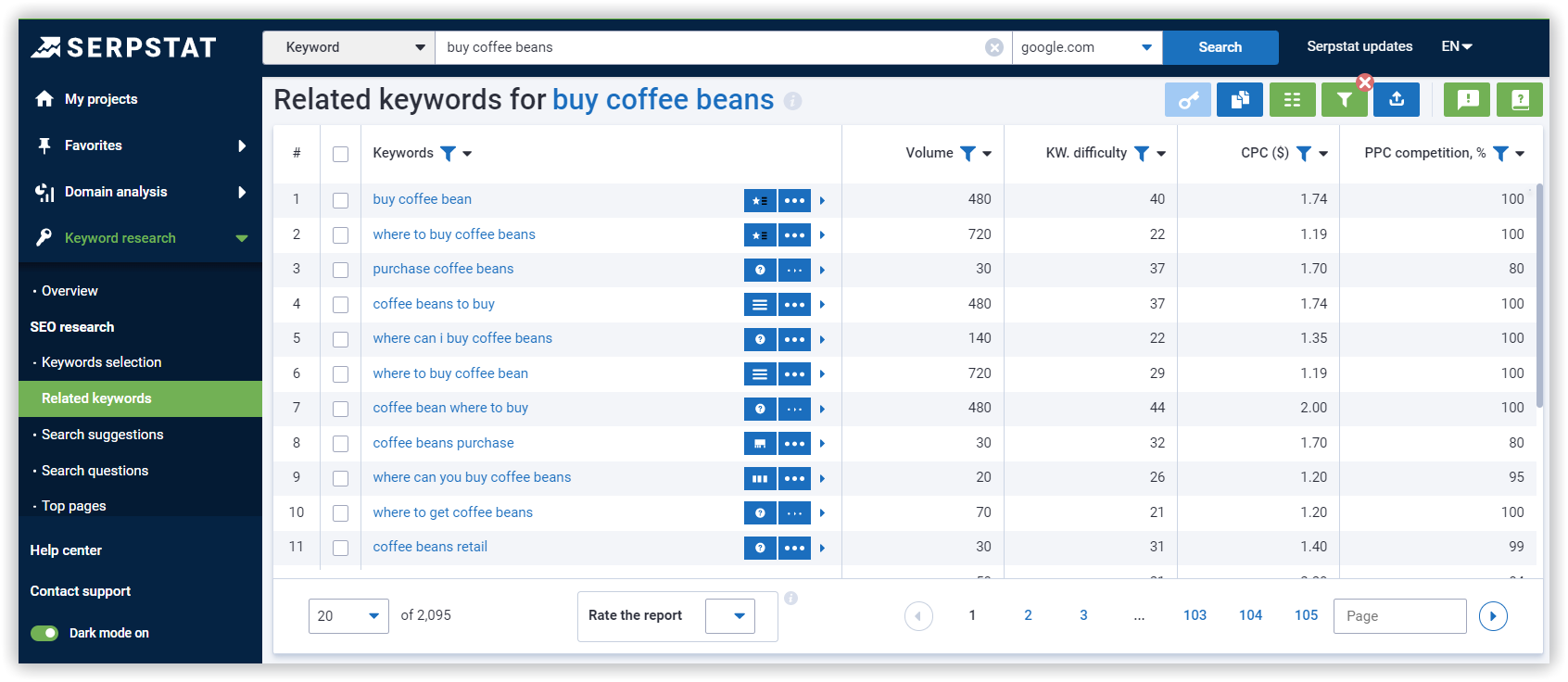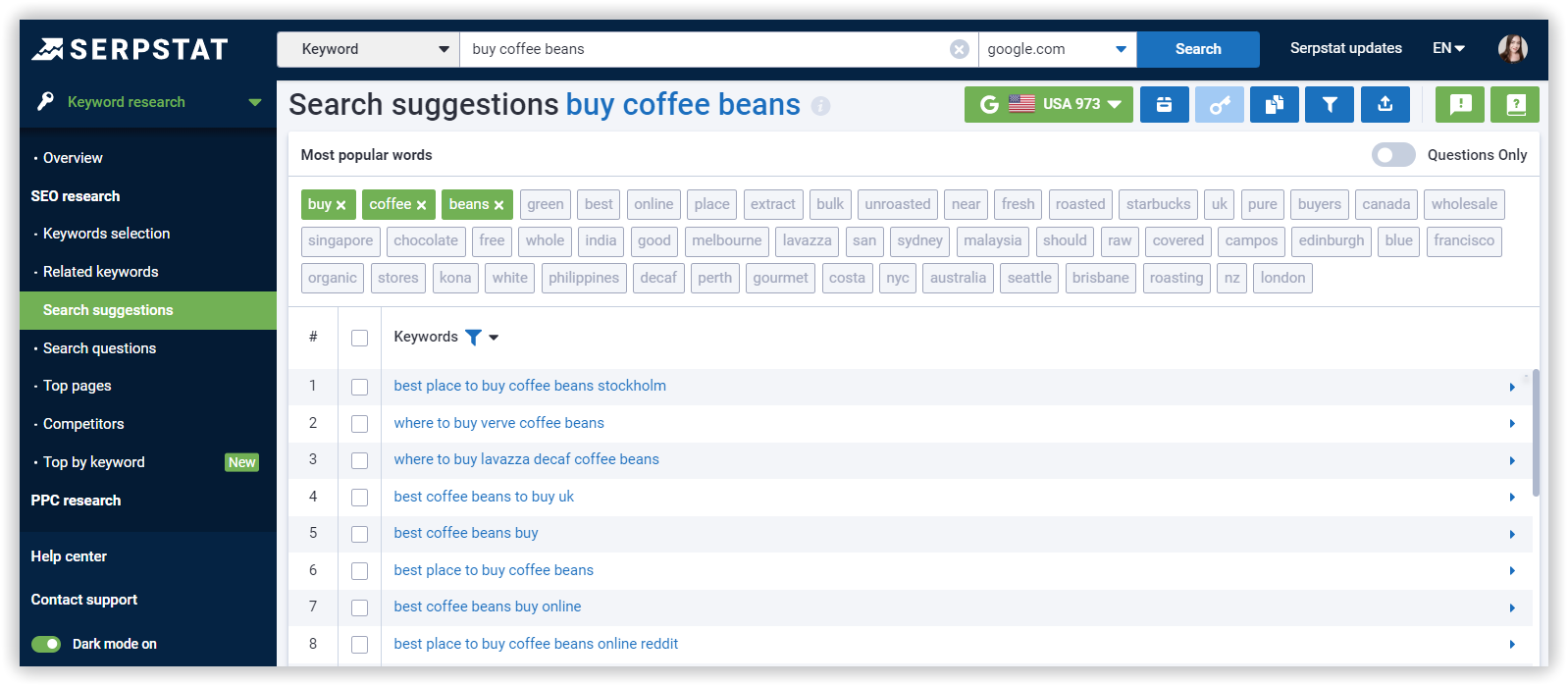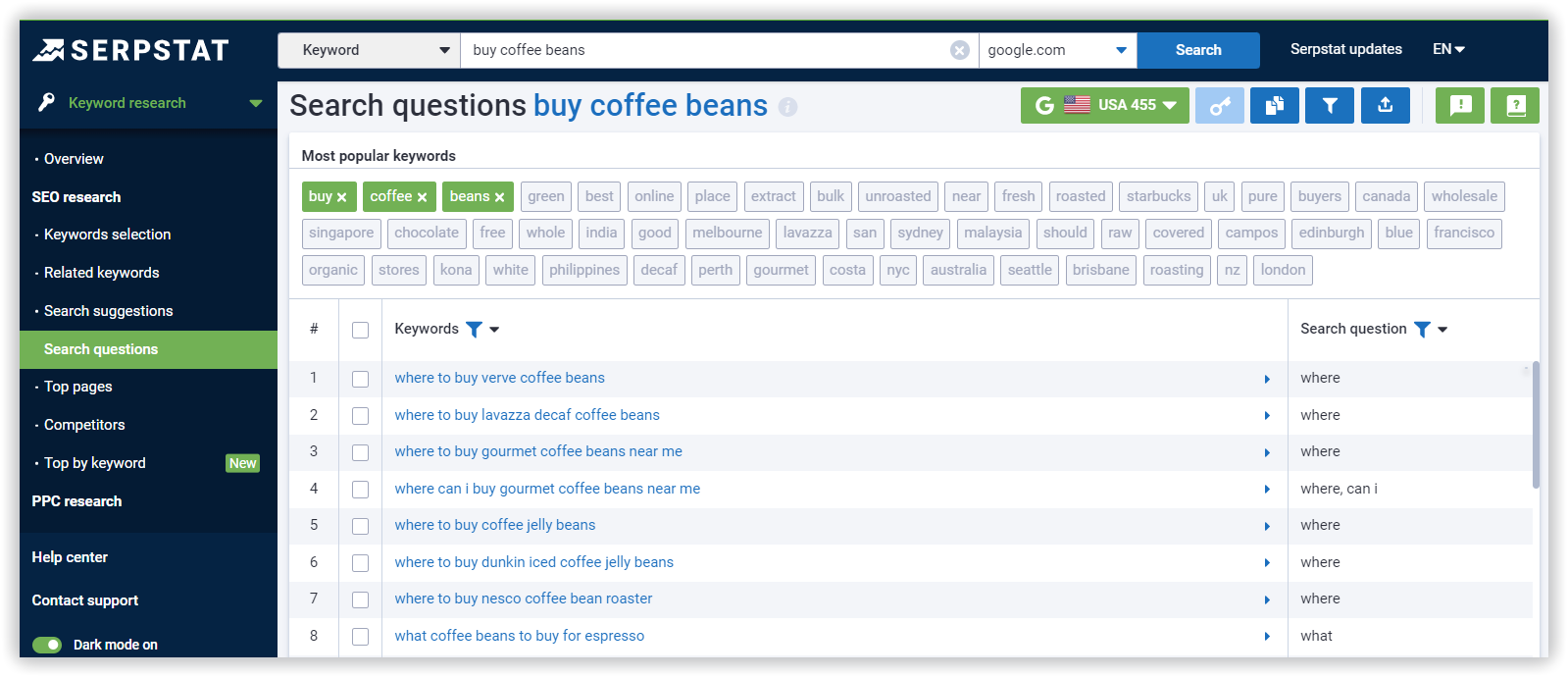Start Exploring Keyword Ideas
Use Serpstat to find the best keywords for your website
A Beginner's Guide to Leveraging Long Tail Keywords for Content Success

If you want to create sustainable content that will rank for years to come, you need to focus on human-centered content that leverages long-tail keywords. These types of queries offer big opportunities for marketers.
Here’s a concrete, actionable guide for anyone looking to harness the power of the long tail in SEO.
SEO Definition Of A Long-Tail Keyword
Keyword Research SEO Tools To Find Long Tail Keywords
- How To Use Keyword Research Tools
- You Can Also Get Started In Google Autocomplete
- Go Check Out What Long-Tail Keywords Your Competitors Use
- A Concrete Process To Find Opportunities
- Identifying Long-Tail Keyword Opportunities That Already Exist On Your Site
Harnessing the Potential of Long Tail Keywords for Maximum Content Impact
- Transform Content Strategies With Long-Tail Keywords
- How To Structure Your SEO Content
- The Content Types That Work Best For Long-Tail Content
- Long-Tail Queries Make For Great Internal Link Anchors
SEO Definition Of A Long-Tail Keyword
For SEO, the long tail theory emphasizes the same principles: niche, low search volume keywords offer significant advantages. Compared to head terms (see below), those long tail queries are less competitive, they are, therefore, often easier to rank for. However, depending on your niche, you will often see other SEO specialists target them, making competition different for each industry. Also, they are usually composed of more than three words, which makes them more qualified because they offer clearer search intents.
Head terms, on the contrary, are short (one to three words), hard to rank for, and more general. Even if they drive more potential traffic, they usually are very broad and don’t provide clear insights regarding what users are looking for. Trying to rank on head terms is more difficult and usually offers limited ROI. It is not realistic for smaller or newer websites to hope to rank on head terms easily.
Keyword Research SEO Tools To Find Long-Tail Keywords
How To Use Keyword Research Tools
- Put in a specific URL as a starting point to get some initial keywords;
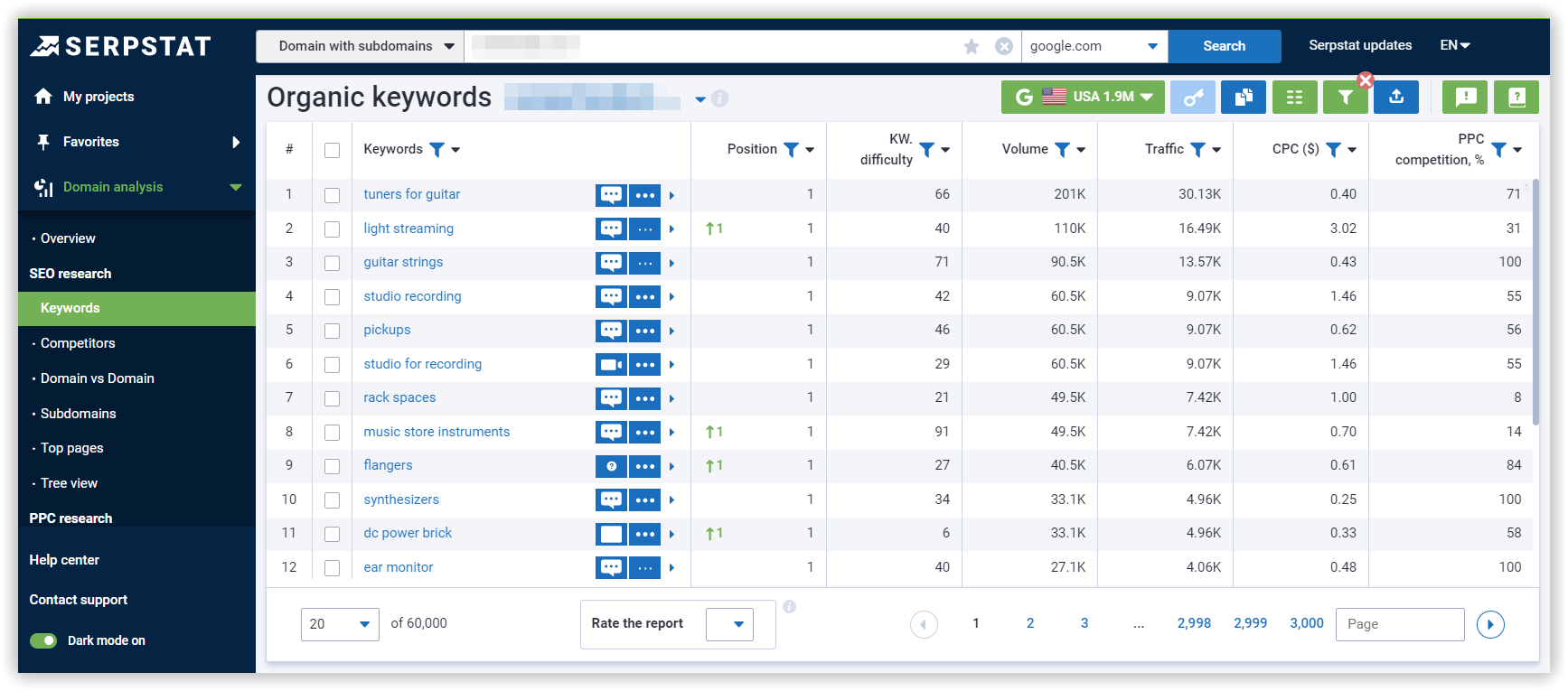
- Put in a competitor domain to see what you get;
- Type in a specific idea/query to see all variations tied to this keyword;
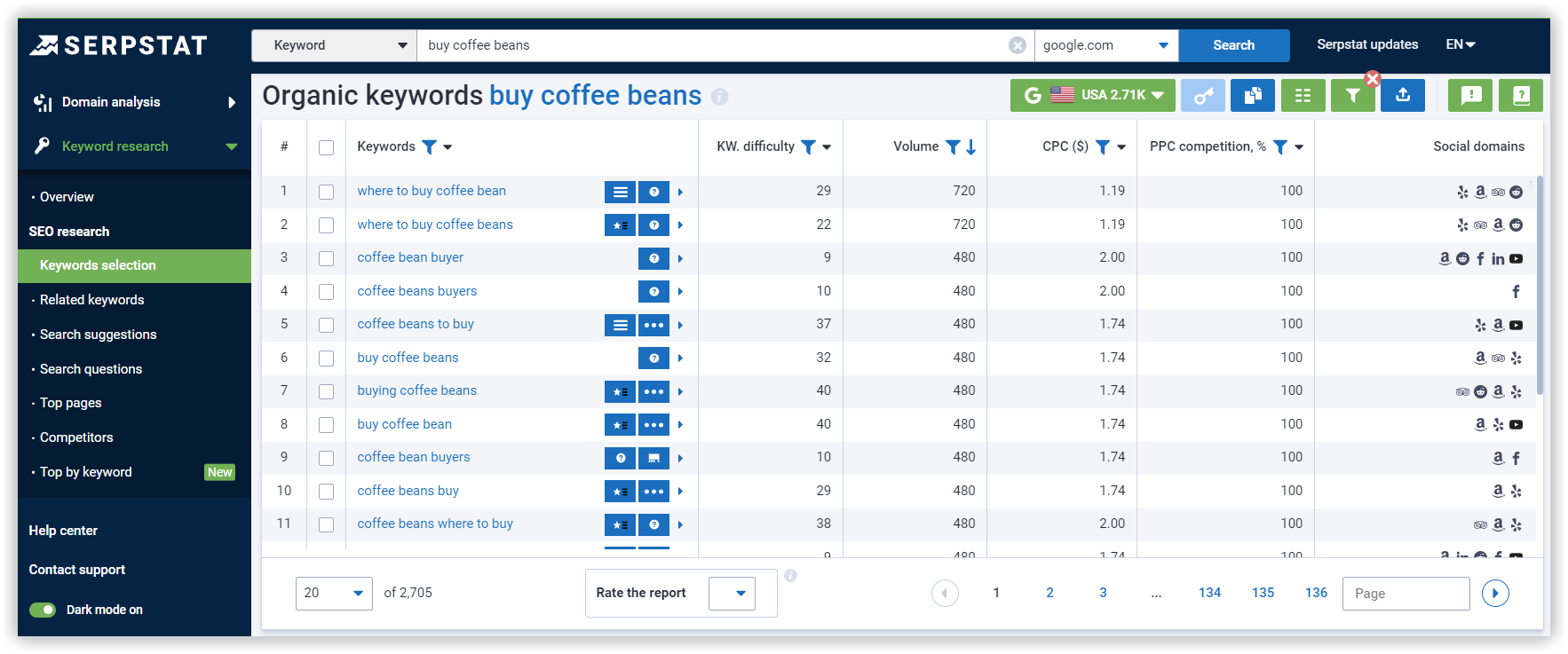
- Type in a specific query and get related keywords to help you map all of your long-tail opportunities;
- Or mix all these approaches! That’s what most SEO specialists do.
You Can Also Get Started In Google Autocomplete
Go Check Out What Long-Tail Keywords Your Competitors Use
You can even use your tool keyword gap analysis report to help you along., Another very useful tool is the Domain vs. Domain report in Serpstat, which we previously mentioned. It lets you check common (and uncommon) keywords between your domain and your competitors’. It can also compare multiple domains to let you know what your competitors have in common but that you do not have.
A Concrete Process To Find Opportunities
Here are examples of standard queries that could be used for the HR companies (in the NYC area) niche:
- Best + keyword: best HR companies
- Keyword + city: HR companies NYC
- Keyword + state: HR companies in New York
- Top + keyword: top HR companies
- Keyword variation + best: HR firms, companies, etc., are variations
- Industry + keyword: HR firm for small business
Identifying Long-Tail Keyword Opportunities That Already Exist On Your Site
How To Pick The Right Long-Tail Keyword
Therefore, you need to analyze the queries your tools can provide you and select the ones which make the most sense in that regard. This implies some analysis, but Serptat, and the other tools of that type, offer different sorts of filtering, which can help you in the process.
Picking the right keyword involves more than clear intent and low competition. You must also consider the different types of long tail keywords a potential customer will use along their customer journey.
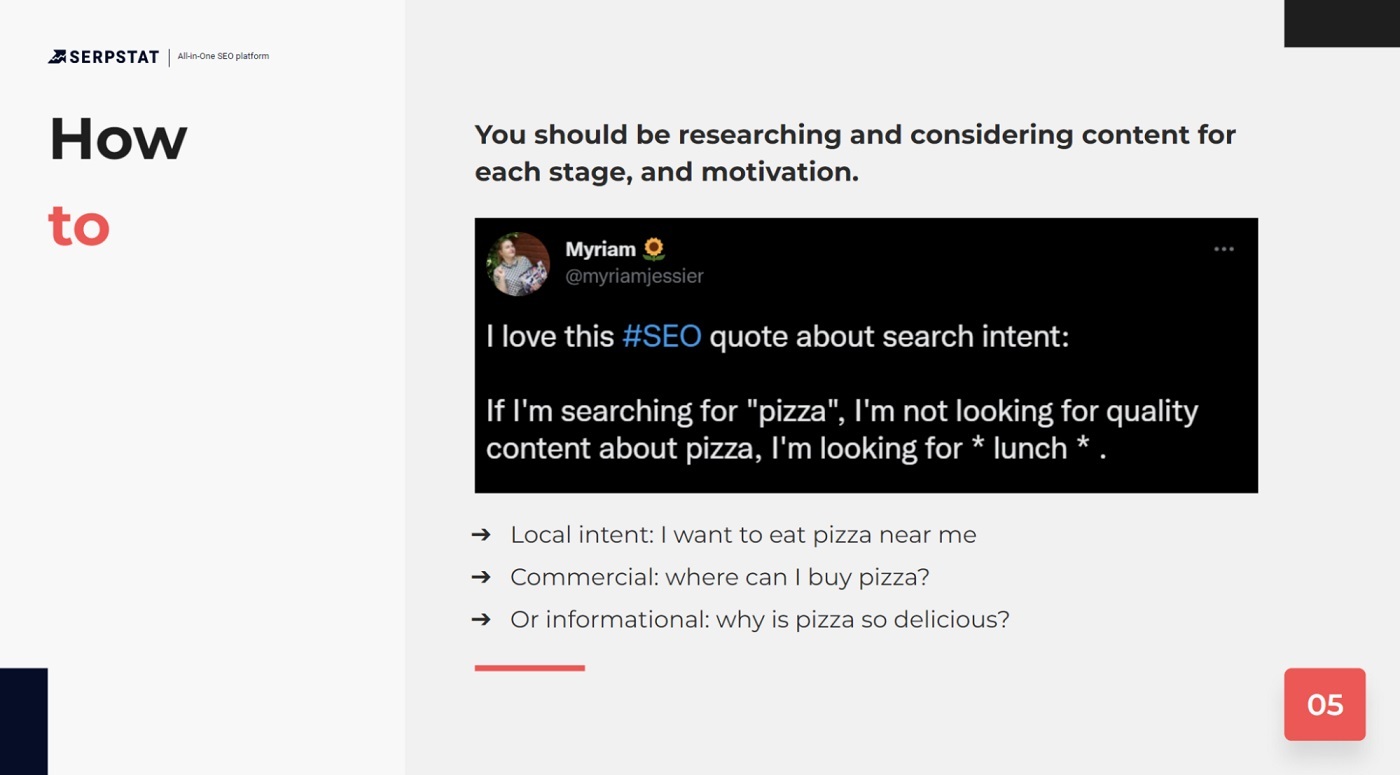
Informational Long-Tail Keywords
Here is an example: “best earplugs for sleeping small ears” (average monthly volume of 30 in the US on the 13th of December 2023). This query is very niche and gives us a clear view of users’ intentions: They are looking for a list of products or details regarding the best earplugs for small ears to use while sleeping.
SEO expert tip: Informational long-tail keywords often take the form of questions. FAQs, reviews, and comparisons… are great content types to aim at them.
Navigational Long-Tail Keywords
They are directed towards specific content, sometimes some product or section pages. They can allow you to identify potential page opportunities. For instance, if you notice that some people are looking for a product category that doesn’t have a dedicated page (or provides a poor experience), it might be a good idea to create a great one to rank as well as possible but also to offer the best experience for the user.
Transactional Long-Tail Keywords
Those queries can be important to use in your category and product pages, but not only. Discounts or even special promotions can, for instance, offer great potential to target them.
Harnessing the Potential of Long-Tail Keywords for Maximum Content Impact
Transform Content Strategies With Long-Tail Keywords
You will have to use them in your topic clusters. Topic clusters are a great way to signal to Google that you are an expert in a specific topic. Google is moving away from keywords to entity SEO. The aim is to understand the content better, more like humans do. The best approach for a topic cluster is to use long-tail keywords to flesh out the structure.
How To Structure Your SEO Content
For example, let’s say you want to talk about Google Tag Manager. First, you would need to explain what it is, but then, you will quickly identify long-tail queries related to the central topic that should be discussed in separate articles. In the case of Google Tag Manager, people often want to know more about how to install and use this tool with their specific CMS. As a result, you will find long-tail opportunities such as:
- Add GTM to Squarespace
- Where to put GTM script in Wix
- How to install GTM on WordPress
- Shopify GTM data layer
Once your keyword research is completed (or at least the initial analysis) and your clusters identified, you will move onto the content planning phase of your topic cluster.
Within your pages, you should apply a similar strategy: choose main and secondary keywords and develop subtopics focused on your secondary keywords. Your main keywords will be at the core of the content, the secondary ones will allow you to target additional angles.
Here is the outline for the “how to install GTM on WordPress” article:
H1: How to install GTM on WordPress
H2: Create a Google Tag Manager account
H2: Install the GTM plug-in for WordPress
H2: Authorize the plug-in to access your GTM account
H2: Add Tracking Tags to the container
H3: GTM tag types
H2: Publish the Container and Test the Tags
H2: Testing the Installation to Ensure Proper Functionality
The Content Types That Work Best For Long-Tail Content
For e-commerce, product pages should, by nature, use long-tail content. Subcategories and blog articles can do the same, depending on the topics you work on. For the other sorts of websites, it depends on the topics you develop. The more detailed you go, the more long-tail your content should be. For B2B long tail content, many elements are already too competitive. One quick way to get started would be to use template keywords. Create useful resources in the form of checklists, Word documents, PDFs, and more.
Long-Tail Queries Make For Great Internal Link Anchors
One great way to build comprehensive and effective internal linking is to leverage long-tail queries. By including long tail queries as anchor text, you can not only add clarity and context to your inlinks, but also optimize them for search engine bots.
Use your cluster strategies to identify which pages should be linked to each other and which long-tail queries should be used as anchors.
Conclusion: Harness Long-Tail Queries For More Organic Traffic
Speed up your search marketing growth with Serpstat!
Keyword and backlink opportunities, competitors' online strategy, daily rankings and SEO-related issues.
A pack of tools for reducing your time on SEO tasks.
Discover More SEO Tools
Text Analysis Tool
Unlock the power of your text data with our advanced Text Analytics Tools
AI Content Detection
Ai Content Checker – realize if the text is AI-generated
AI Text Generator
Try our AI Content Writer tool and streamline your content creation process
AI Content Tools
AI Content Marketing Tools – simplify and optimize the content creation process
Recommended posts
Cases, life hacks, researches, and useful articles
Don’t you have time to follow the news? No worries! Our editor will choose articles that will definitely help you with your work. Join our cozy community :)
By clicking the button, you agree to our privacy policy.

